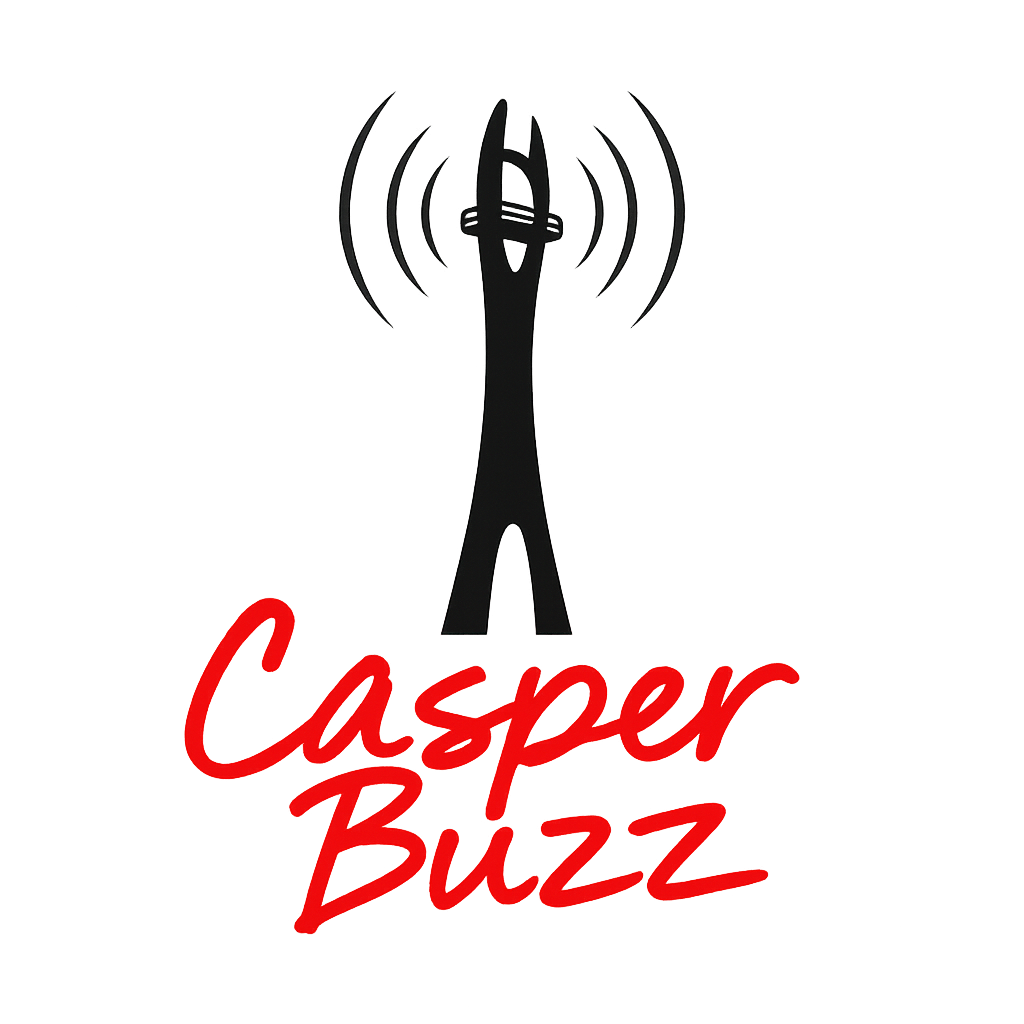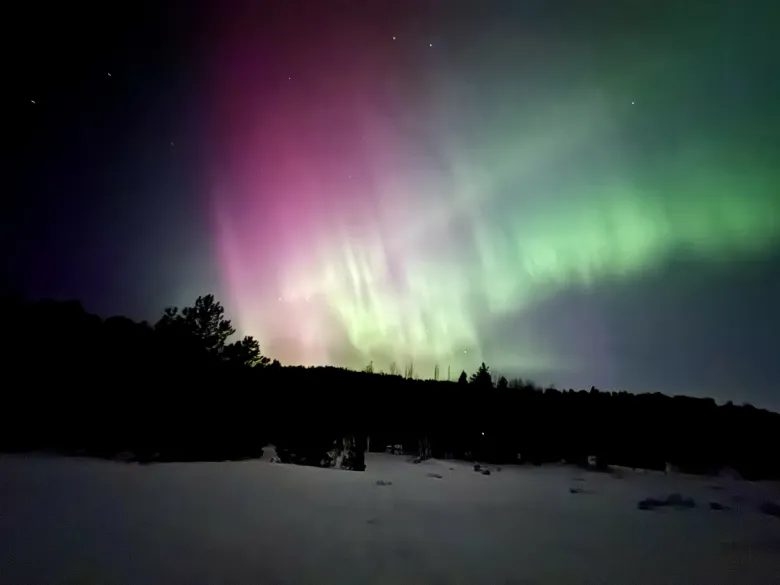Casper Buzz
Archives
Aurora Borealis May Illuminate Wyoming Skies Tonight
SIGN UP FOR OUR NEWSLETTER
Aurora Borealis May Illuminate Wyoming Skies Tonight |
Geomagnetic Storms Could Bring Northern Lights to the Cowboy State |
Wyoming residents have a unique opportunity to witness the aurora borealis tonight, as a series of geomagnetic storms are expected to enhance the visibility of the northern lights across the state.
The Space Weather Prediction Center has issued a G1–G2 geomagnetic storm watch, indicating minor to moderate activity, for August 11 and 12. This forecast suggests that the aurora could be visible in regions not typically accustomed to such displays.
However, local weather conditions may impact visibility. The current forecast for Casper, Wyoming, indicates partly cloudy skies with temperatures around 71°F (21°C) at 10:00 PM. While these conditions are relatively favorable, any increase in cloud cover could obstruct the view of the aurora.
The Kp index, a measure of geomagnetic activity, is anticipated to reach level 6 overnight. The Kp scale ranges from 0 to 9, with higher values indicating greater geomagnetic disturbances. A Kp index of 6 suggests a strong possibility of auroral activity extending into mid-latitude regions, including Wyoming.
To maximize your chances of observing the aurora borealis:
1. **Find a Dark Location**: Seek out areas with minimal light pollution, such as rural locations or designated dark-sky parks.
2. **Allow Your Eyes to Adjust**: Spend at least 30 minutes in the dark to let your eyes adapt, enhancing your ability to detect faint lights.
3. **Look North-Northeast**: Focus your gaze toward the north-northeastern horizon, where the aurora is most likely to appear.
4. **Check the Time**: The optimal window for viewing is typically between 10:00 PM and 2:00 AM.
Remember, while forecasts provide guidance, the aurora is a natural phenomenon with inherent unpredictability. Patience and preparation are key.
For those interested in capturing this event, consider using a camera with manual settings. A tripod, wide-angle lens, and long exposure times can help in photographing the aurora's vibrant colors and dynamic movements.
As we approach the peak of Solar Cycle 25, expected between late 2024 and early 2026, opportunities to witness the northern lights in Wyoming may become more frequent. This period of increased solar activity enhances the likelihood of auroral displays reaching lower latitudes.
Stay informed by monitoring updates from the Space Weather Prediction Center and local weather services. Clear skies and a bit of luck could reward you with a breathtaking view of one of nature's most mesmerizing spectacles. |

